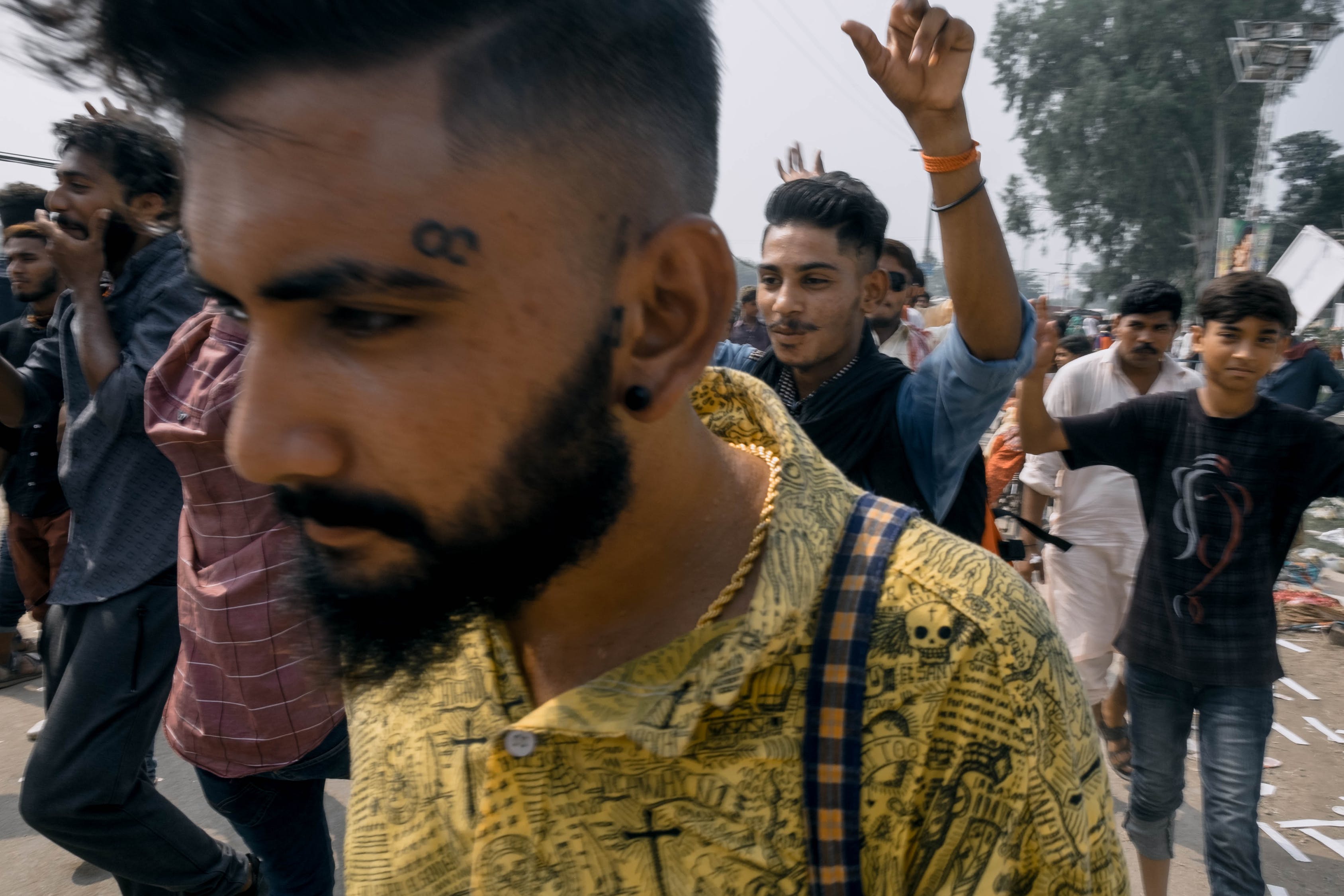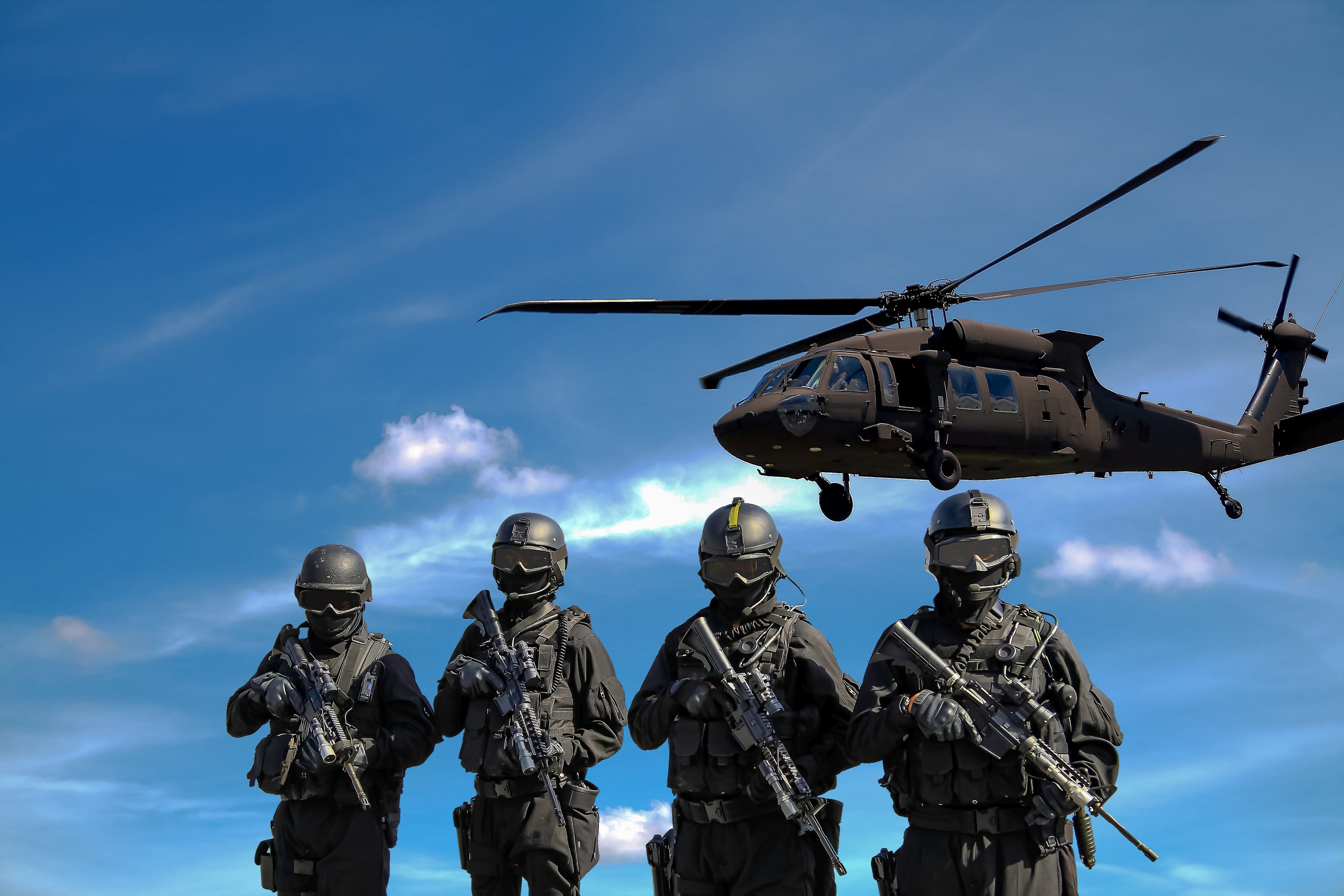Introduction
The topic of the article, ‘Pakistan and Afghanistan: Beyond the Taliban,’ aims to shed light on the various perspectives that evaluates the lives of people in these two countries and are negatively affected by terror activities associated with the Taliban. It aims to widen the narrow scope through which the United States of America and other Western countries tend to look at Afghanistan and Pakistan issues. According to the West, these countries are collectively viewed as hot beds of terror thereby overlooking the residents living in rural and urban areas. In many cases, these residents end up being collateral damage in the generalized ‘War on Terror.’ Therefore, the article discusses the history of Pakistan and Afghanistan, the political turmoil to which they have been subjected by their neighbors, their attempts to cope with the effects terrorism both within and outside their borders.
This topic is interesting at a personal level as it expounds on the rationale I applied when evaluating countries in the Middle East, and their relationship with the United States while concerning the fight against terrorism. From a social perspective, the article prompts a change of view on Muslim’s view of terrorism. Rationally, there exists no equal sign between Islam and terror activities. Prior to this experience, I embraced the thoughts that the United States should adhere to any means necessary to fight terrorism. However, this approach has proven to be ineffective since it also has adverse effects on the citizens of Pakistan and Afghanistan.

Summary
One of the key questions that the author tries to answer is based on whether the tactics used by the West are the most efficient. For example, during the United States election campaigns in 2008, presidential candidate Barack Obama advocated bombing certain areas even without approval from the Pakistan government. The idea of using nuclear weapons was also brought into the discussion without making consideration of the damage it would subject the other peaceful residents of the country. Another key question the article aims to address is how Pakistan and Afghanistan ended up in this situation. Finally, it seeks to identify an ideal path forward that will ultimately solve these countries issues. From a general perspective, the central theme that has been incorporated in the article is in diplomatic relations between Middle Eastern Countries and the United States government.
The author presents the argument that the approach used to fight terrorism by the United States of America and other NATO members falls short to a great extent. Instead of solving the problem of terrorism, it is highly likely that such tactics will eventually accentuate the problem of terrorism rather than provide a solution. For example, contemplating the use of nuclear weapons on an ally state without their consent tends to establish an abrasive relationship between the two entities. The author also brings into perspective other concepts regarding the issue in reference to other countries views shared in conferences. One of the arguments is that the main objective of United States’ presence in Pakistan is to put pressure on Iran. The author agrees with this argument and states that it is all but a geopolitical game.
The author places emphasis on historical information to build upon his argument. He creates a platform upon which the historical information blends seamlessly with media reports and other statistics. For example, he brings the Pakistani population into perspective by using projections on the possibility of it leveling off mid-century at 300 million people, just like the United States population. This is used to show the number of people who are affected and will be affected by the diplomatic decisions made by the United States and other NATO members.
Evaluation
This article has helped me have a better perspective on the topic by using a historical approach that serves a foundation to build arguments and support claims. For example, the history of Pakistan muffled in the struggle between establishing an Islamic state and a secular state from the 1920s to the 1990s sheds light on the Pakistani people’s views regarding the issue. The West often view an Islamic state as a monster built upon militancy and dictatorship, overlooking the fact that Muslim elites may be pushing for such to have a better geopolitical position with India. This kind of assumptions and clouded views are used to deal with terror and the religion of Islam, thereby creating more enemies in the process.
The most appealing part of the article was based on its choice of historical perspective. Approaching the argument using historical concepts is instrumental in evaluating where the issue has started and where it is heading. Additionally, the article departs from whipping the reader into a pitch-forked rattling frenzy by not appealing to the emotive side. It strictly adheres to the factual line of issues and expounds on why there are elements that should be condemned. This helps in making an informed decision regarding the opinions presented in the article.
The weakest part of the essay is that there seem to be more focus on Pakistan than Afghanistan. Arguably, the focus on Pakistan eventually limits the scope and title of the essay. Secondly, lack of a rebuttal tends to subject the article to a defensive stance since it fails to effectively present the arguments presented by entities that support the West’s and NATO’s approach when dealing with terrorism. Blending the issues affecting Pakistan and Afghanistan created the limitation that ended up making the author lean more on one side. This can be improved by separating the two countries and dealing with them separately even though there are some overlapping issues that affect both countries. Secondly, an inclusion of a rebuttal shows that the author incorporated both sides when developing his argument. This would strengthen the claims made in the article.

Conclusion
Diplomatic relations and geopolitical approaches tend to shape the future of the world in general. This article brings to the fore the issue of terrorism which currently tends to strain the relationship shared with different countries. A country like the United States of America would focus on protecting the lives and property of its citizens, and this prioritization eventually violates the interests of the citizens living in other countries such as Pakistan and Afghanistan. Diplomatic relations prompts nations to adhere to customary standards of intercourse with neither breaking such processes. However, in the issue where the United States posits that it should be allowed to bomb an ally state without consent from the target country breaches these standards.
Reference
Cole, J. (2009). Pakistan and Afghanistan: Beyond the Taliban. Political Science Quarterly vol. 124(2), 221-49.






